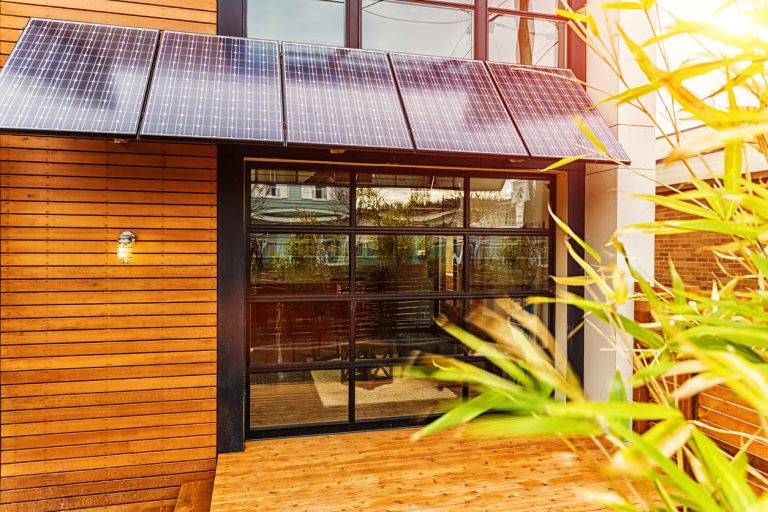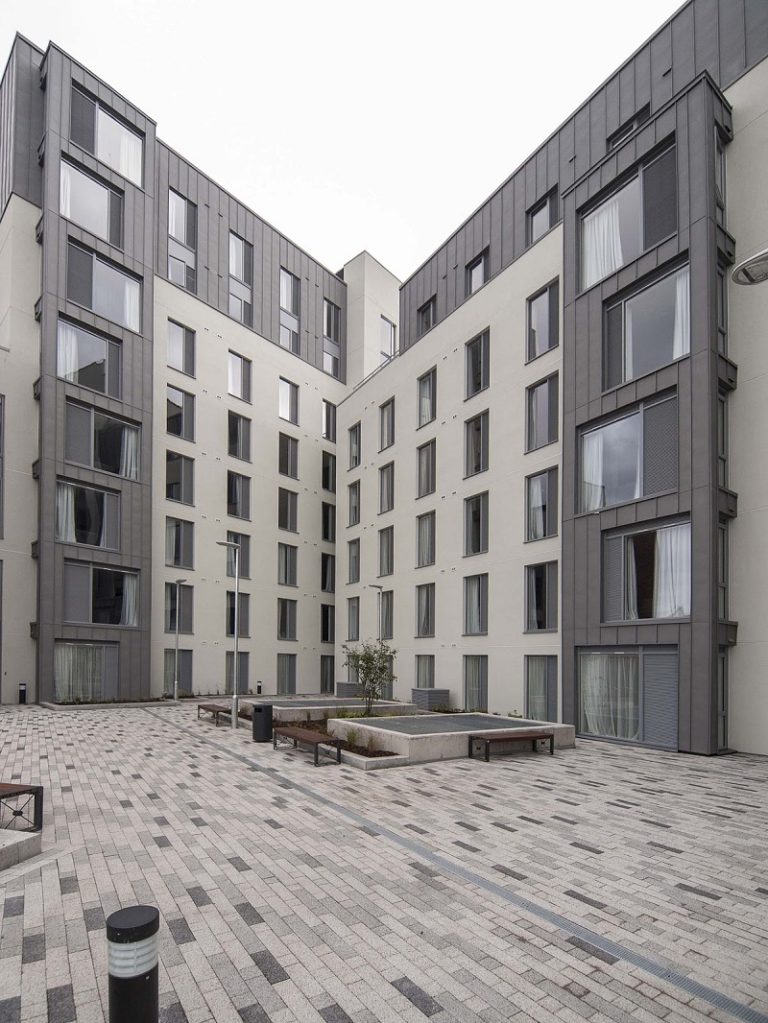Nationwide Building Society suggested at the beginning of the year that the housing markets were beginning to move however the Registered Institute of Chartered Surveyors appeared not to agree with this stating that in fact the slowdown in the markets was showing no signs of improvement. Again, said Tom Roberts of FJP Investment, on the flip side Land Registry figures show that registrations of properties seemed to be on the increase again, as Tom Roberts says all of these reports differ and you chose to believe what you will, the media of course will have its own agenda. The simple fact remains there are just as not enough properties being built for the current housing shortage, of course this is not a new situation, we discuss it constantly, but do we try to change it – one wonders. Tom Roberts of FJP Investment says he believes action should be taken, miracles don’t happen overnight, however the government, whilst talking of taking this seriously and doing something about it, quite frankly they are doing nothing at the present time. So, what next you may well ask? It is quite simple to the layman, we build more houses, instead of debating the issues the government needs to implement action now ensuring the situation does not get worse than it already is. Of course we all have different needs and the importance here is that houses are built in areas where people want to live, such as areas that have good transport links, areas where there is employment to be had and of course in rural areas, where families want to stay within the family environment. It would seem that the brownfields versus the greenbelt areas is often debated to its end, whilst offering no solution and no development. Tom Roberts of FJP Investment suggests local councils should have a big say in how these areas can be given planning permission and maybe landowners should in some way be made to allow their land to be built on. It is such a waste that the land whether it be greenbelt or brownfield is there waiting to ease this housing crisis, yet no-one is doing anything about it, and if this is not addressed the housing crisis is simply going to get worse. Whilst the bodies concerned continue to “discuss “the ongoing crisis don’t they realise it is simply getting worse, families are suffering with the lack of available accommodation in whatever form it takes. New buyers are in a situation whereby they may have the funds in place for deposits but no properties available and not in areas which allow them to be able to travel to work whilst living in a community that they desire. Of course, as Tom Roberts of FJP Investment points out, the other problem is the council properties which were all bought under Margaret Thatcher’s government, meaning that for those who need council accommodation as they cannot afford to buy are left without the councils having any stock. Whilst this was great at the time to buy and own your own home through the councils allowing you to buy at such a reduced rate, I am afraid it has more than contributed to the situation we are in. Now, I am sure Mrs Thatcher during her days in office did not envisage that her buy your own home scheme was going to leave the country in such a mess many years on, and more importantly, showing no signs at all of improving, in fact quite the opposite, getting worse year on year. Again, it’s quite simply, free up the land, make funds available and let’s get those houses built! FJP Investment is a team of investment specialists sourcing a wide range of investment opportunities both in the UK and overseas. Products include the new release of care home investments throughout the United Kingdom.










